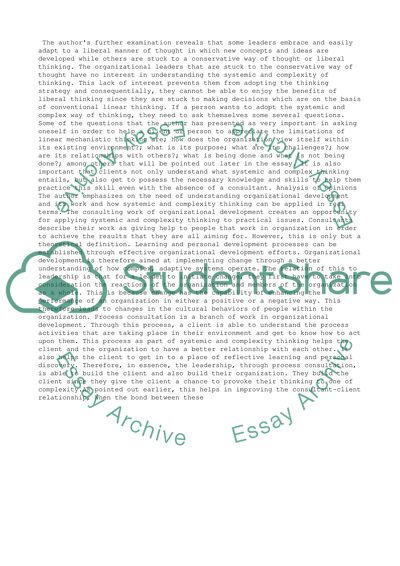Cite this document
(“The report of the application of systemic and complexity thinking in Essay”, n.d.)
The report of the application of systemic and complexity thinking in Essay. Retrieved from https://studentshare.org/management/1463907-the-report-of-the-application-of-systemic-and
The report of the application of systemic and complexity thinking in Essay. Retrieved from https://studentshare.org/management/1463907-the-report-of-the-application-of-systemic-and
(The Report of the Application of Systemic and Complexity Thinking in Essay)
The Report of the Application of Systemic and Complexity Thinking in Essay. https://studentshare.org/management/1463907-the-report-of-the-application-of-systemic-and.
The Report of the Application of Systemic and Complexity Thinking in Essay. https://studentshare.org/management/1463907-the-report-of-the-application-of-systemic-and.
“The Report of the Application of Systemic and Complexity Thinking in Essay”, n.d. https://studentshare.org/management/1463907-the-report-of-the-application-of-systemic-and.


